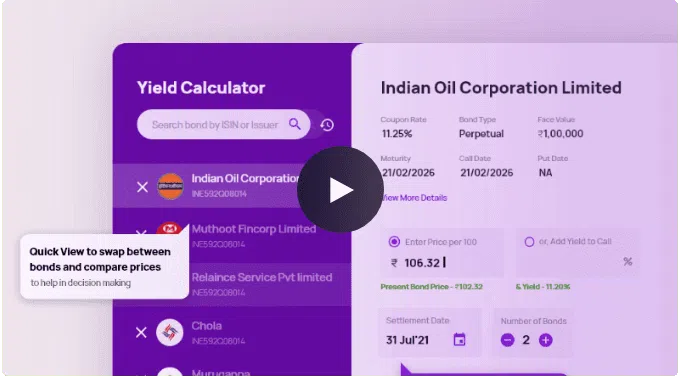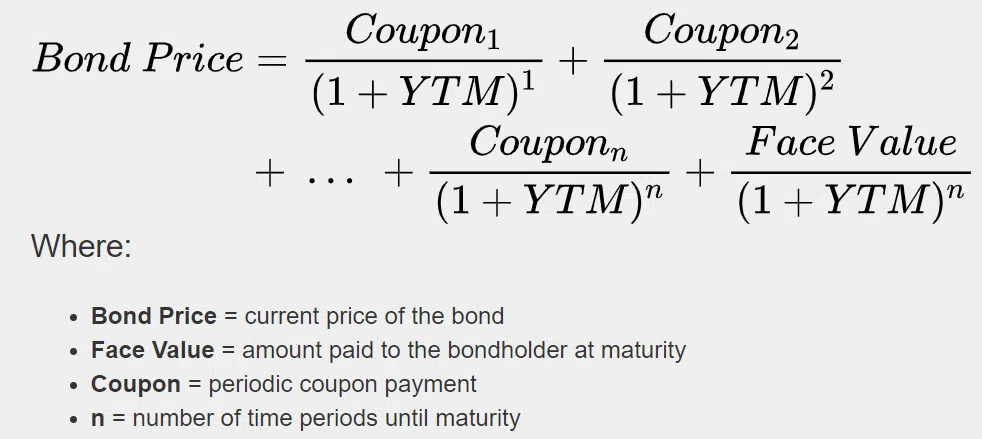Free trial eligibility is determined by IndiaBonds at its sole discretion and IndiaBonds may limit eligibility or duration to prevent trial abuse. IndiaBonds reserves the right to revoke the trial and put User's account on hold if IndiaBonds determines that User is not eligible, at its discretion without assigning any reason.
IndiaBonds may use information such as device ID, contact number, method of payment or account email address used with an existing or recent subscription to determine eligibility.
In subsequent months, the subscription fee and any other charges, such as taxes and possible transaction fees, will be charged on a monthly basis to your Payment Method on the calendar day corresponding to the commencement of the paying portion of your subscription. In some cases payment date may change, for example if Payment Method has not successfully settled or if paid subscription began on a day not contained in a given month.
For some Payment Methods, the issuer may charge you certain fees, such as transaction fees or other fees relating to the processing of your Payment Method. Local tax charges may vary depending on the Payment Method used. Check with your Payment Method service provider for details.
IndiaBonds may change subscription plans and the price of its services from time to time; however, any price changes or changes to your subscription plans will apply to subsequent billing cycles following notice of the change(s) to User(s).
All Online Bank Transfers from valid Bank Accounts are processed using the gateway provided by the respective Issuing Bank which supports Payment Facility to provide these Services to the Users. All such Online Bank Transfers on Payment Facility are also governed by the terms and conditions agreed to between subscriber and the respective Issuing Bank.
IB/BondCalculator/bond-calculator-terms-and-conditions/V1.0/01.03.2022
































